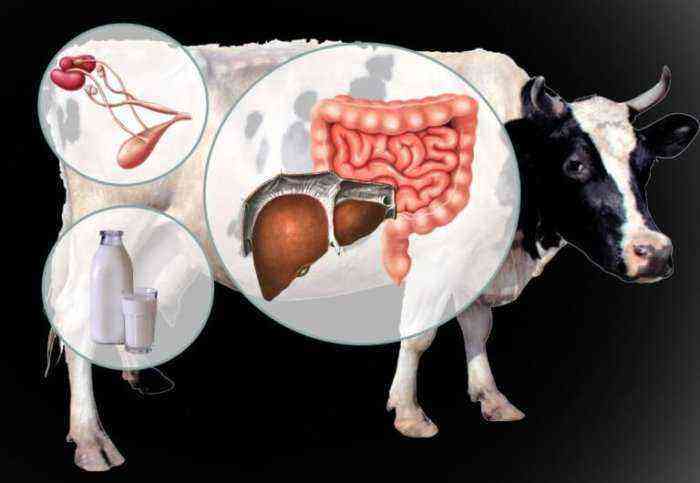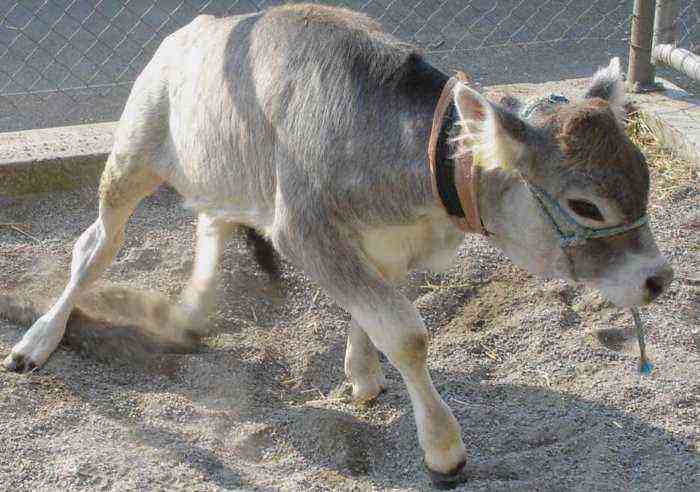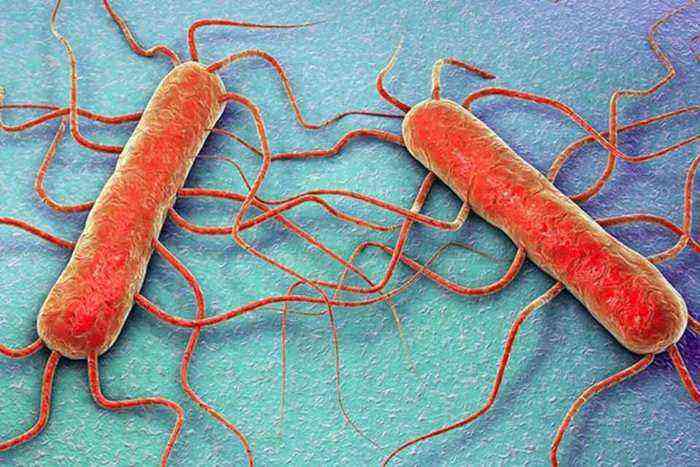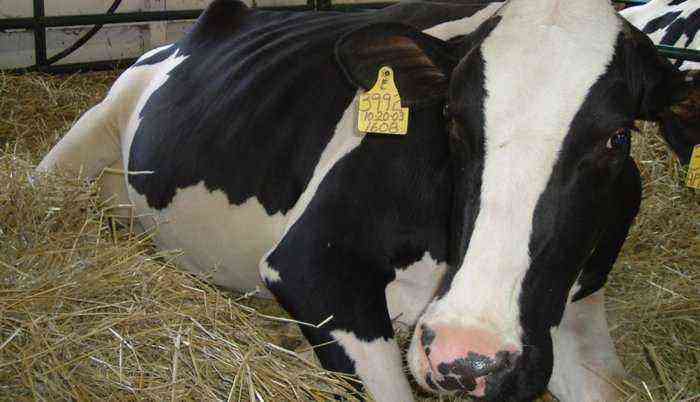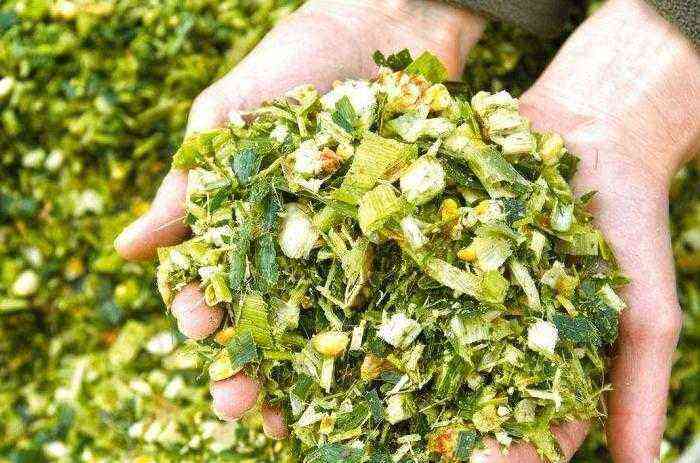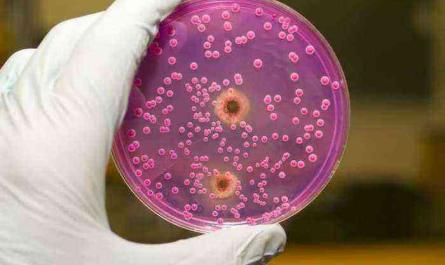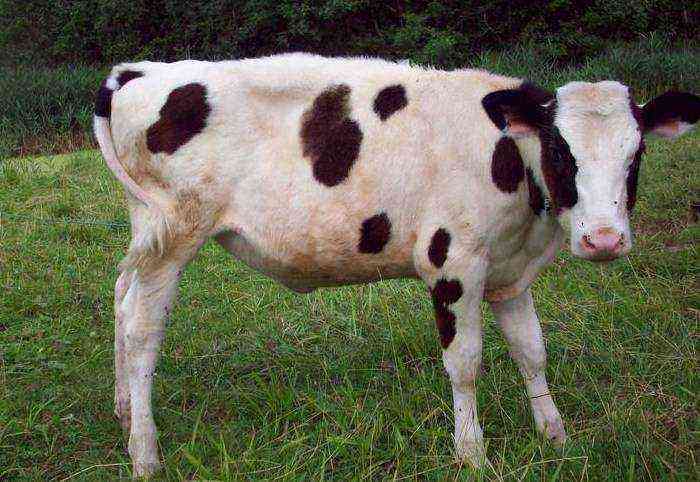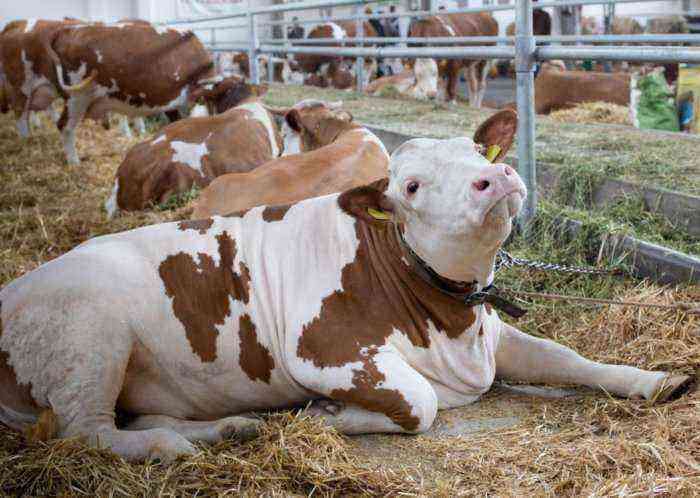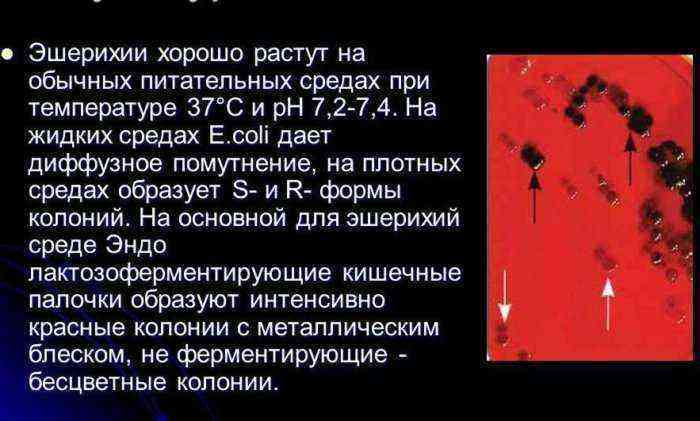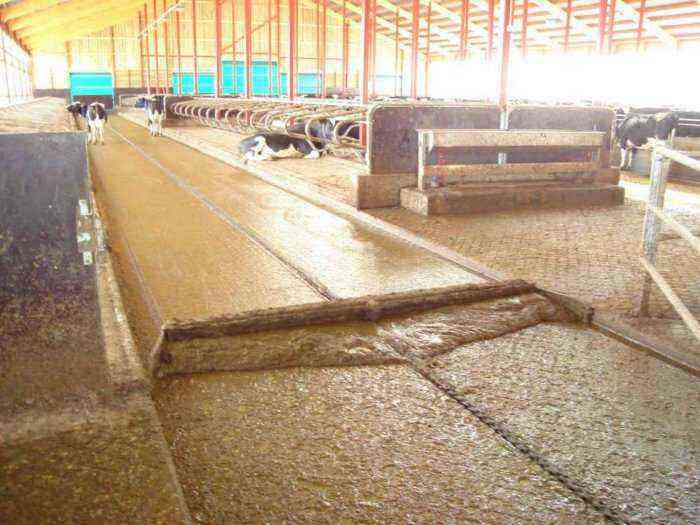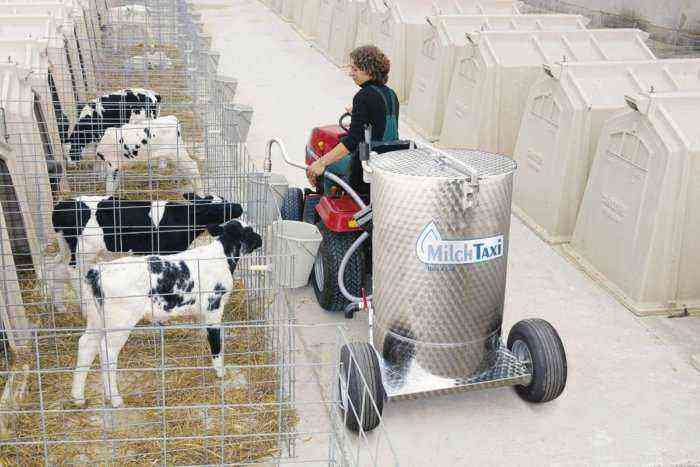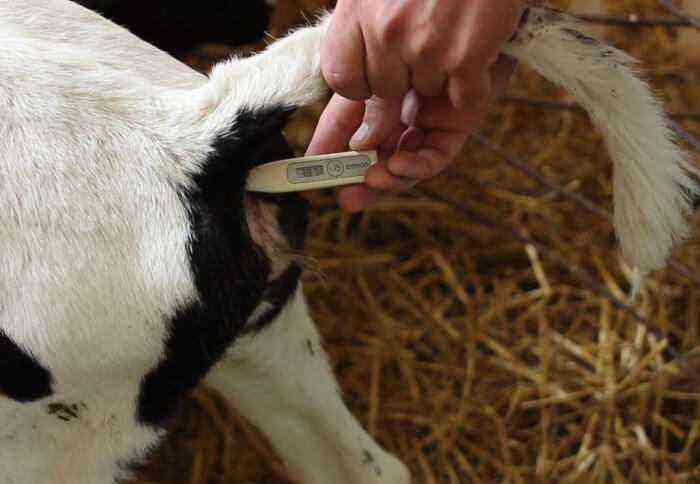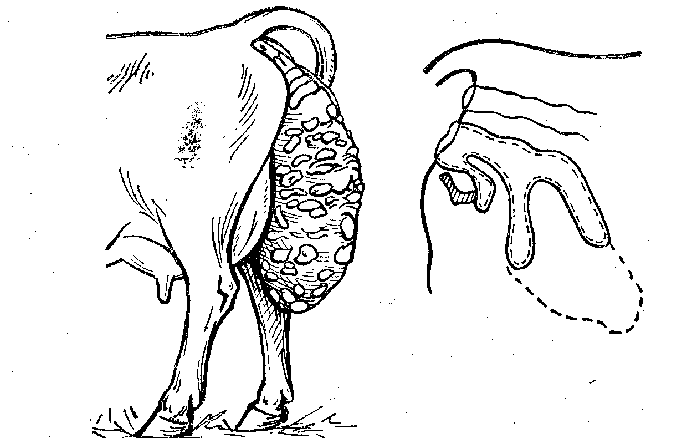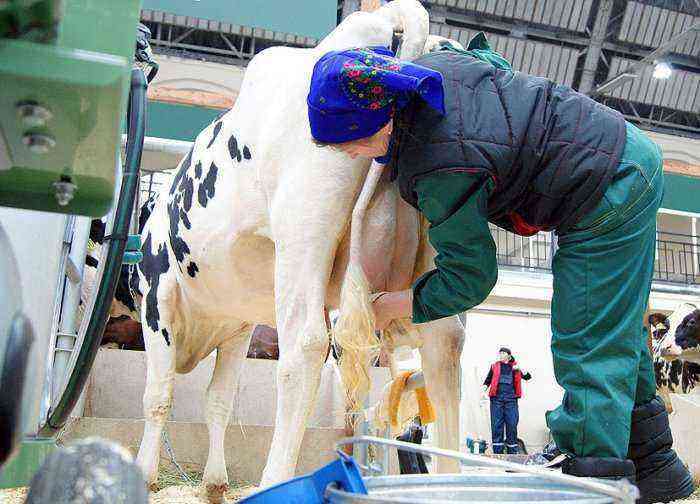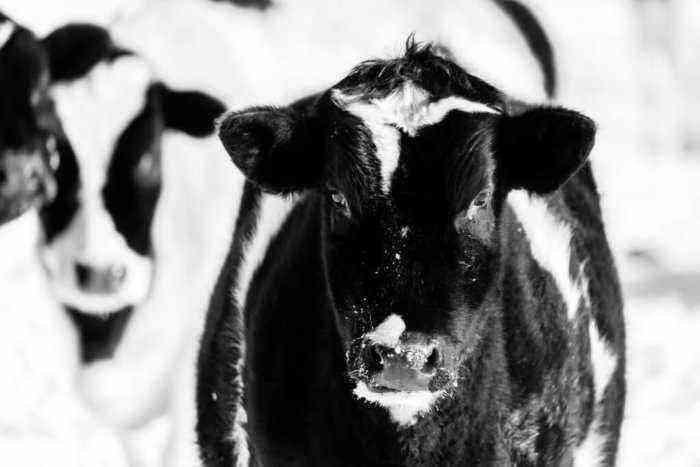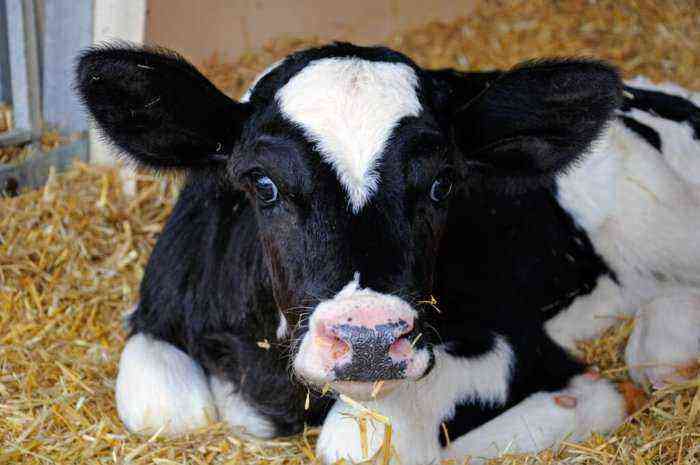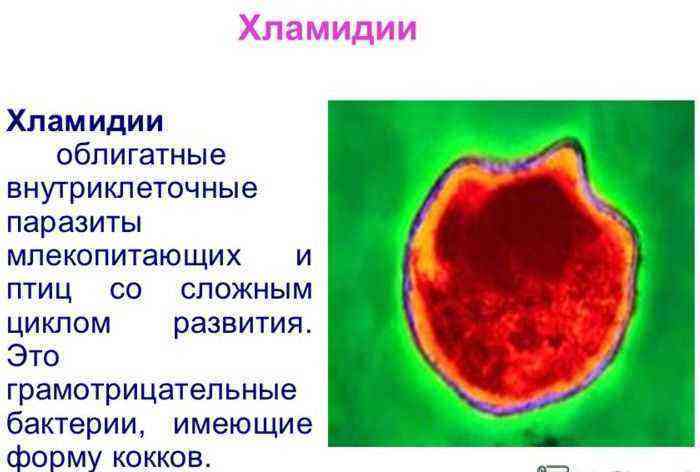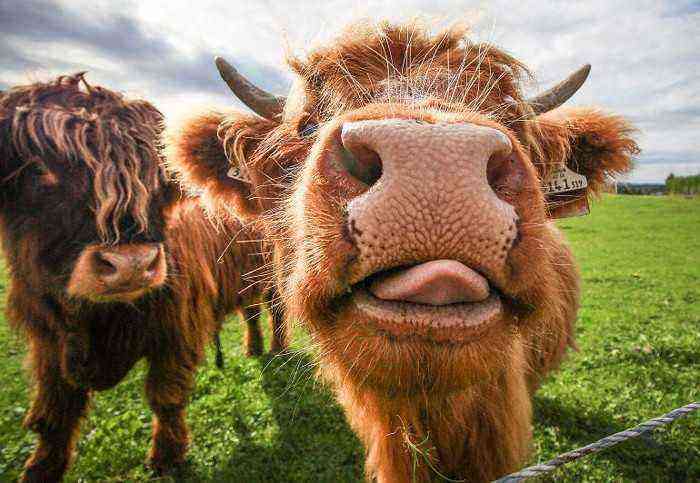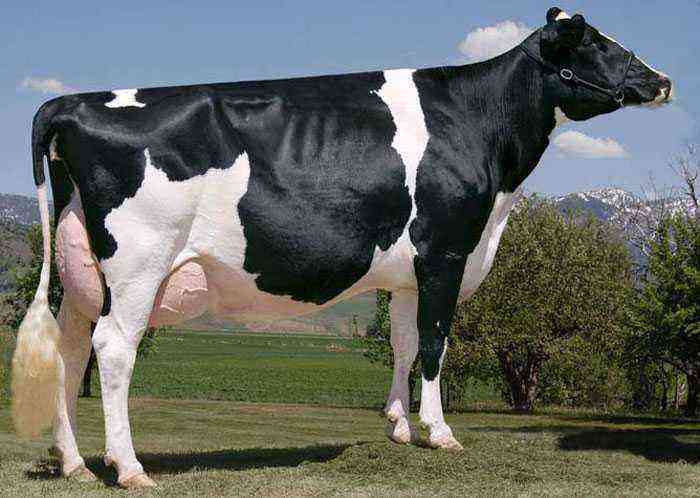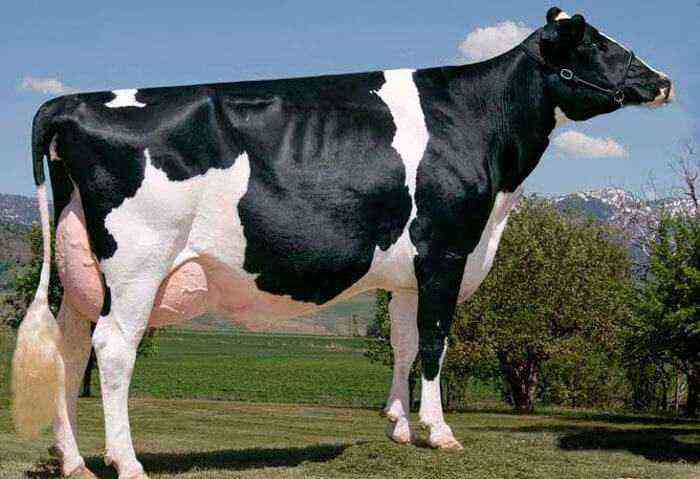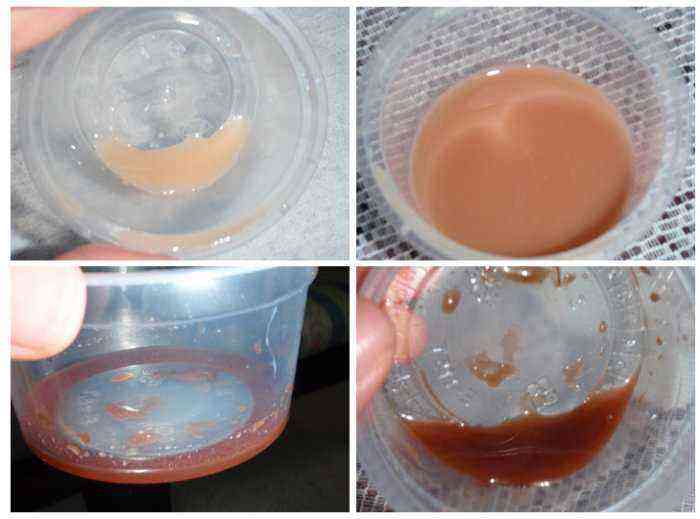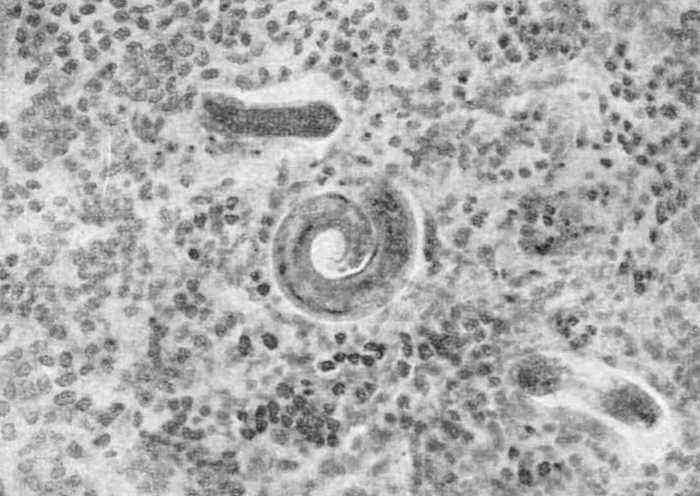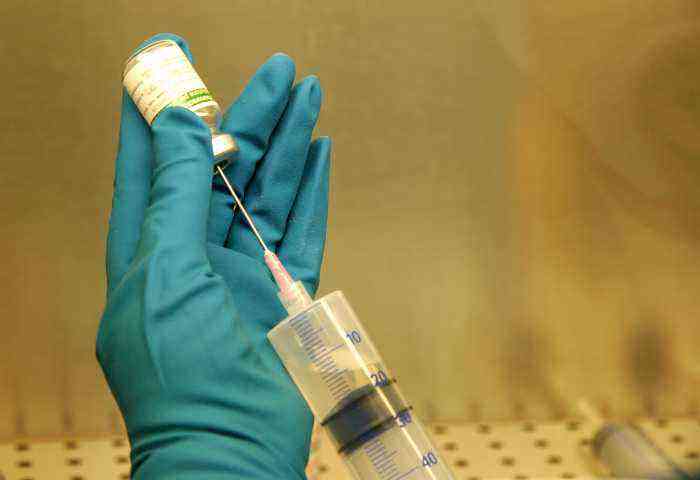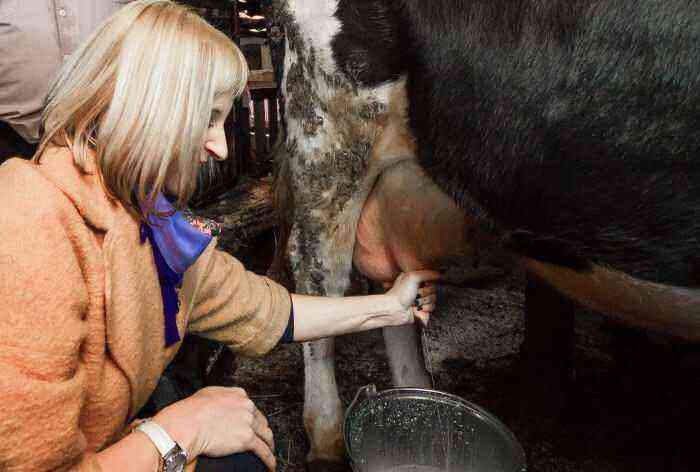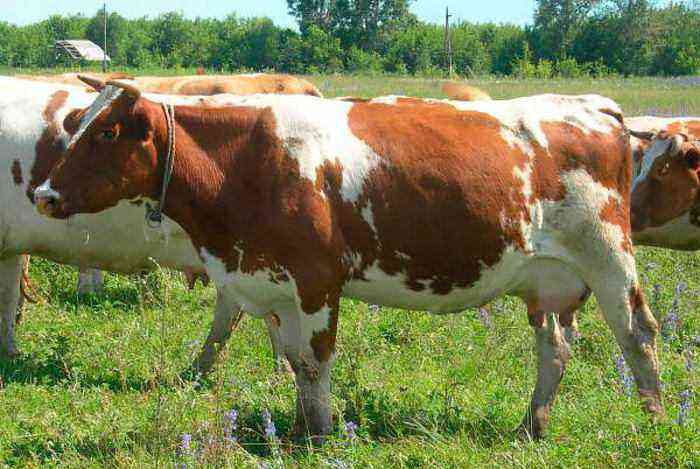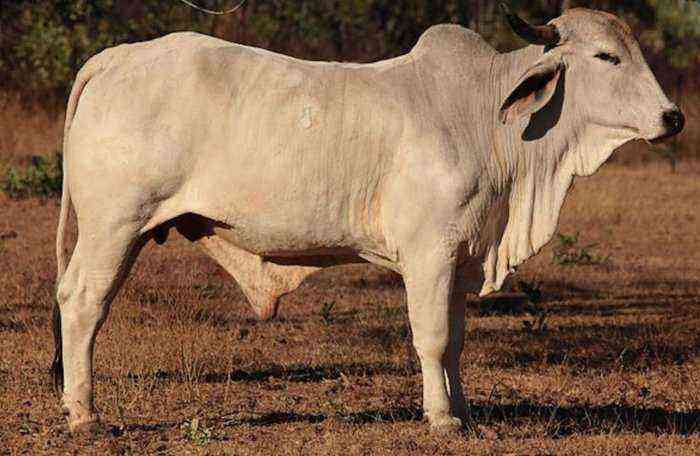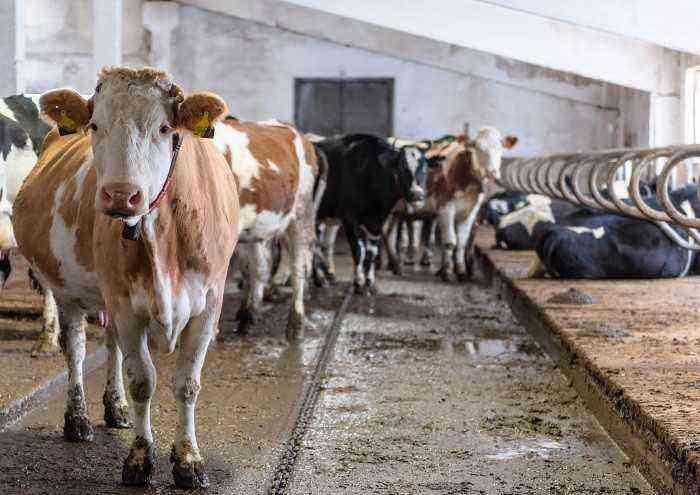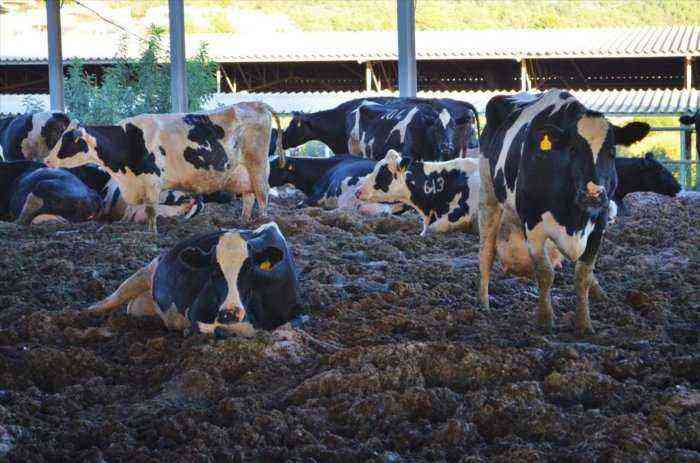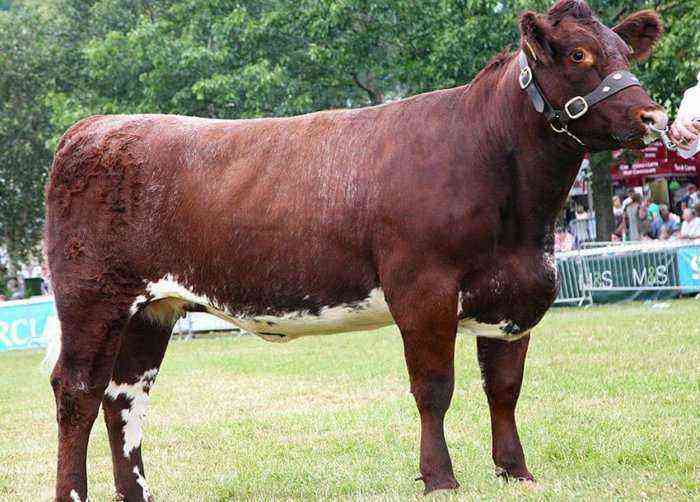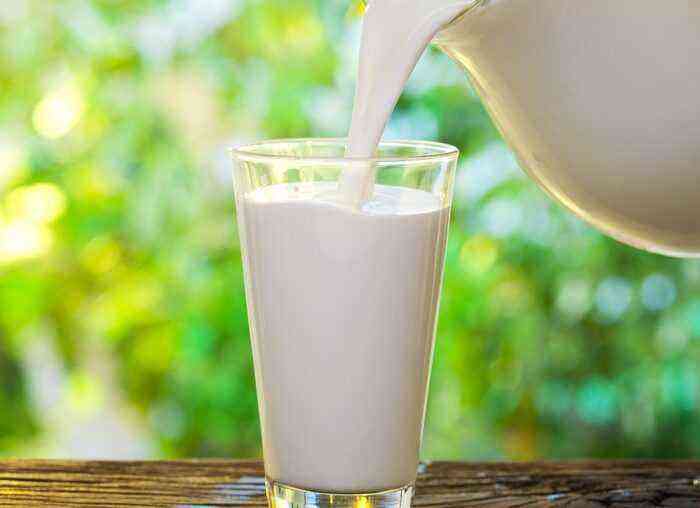Mycoplasmosis of cattle is a contagious disease caused by mycoplasmas, microorganisms whose structure does not fit the description of viruses or bacteria. This disease is characterized by damage to the respiratory system, the development of pneumonia, keratoconjunctivitis, arthritis, endometritis, mastitis. The disease causes significant economic damage to the farm where it is registered, in the form of loss of livestock, loss of live weight and the cost of treatment and preventive measures. It is important to understand what are the causes of the development of mycoplasmosis, how it manifests itself in cows, and how it is treated.
Mycoplasmosis in KRS
Causes
Infection with mycoplasmosis occurs in different ways – alimentary, airborne or intrauterine. Both adults and young animals can get sick. Sick animals or carriers of the pathogen excrete it into the external environment with saliva, urine, nasal mucus, milk, feces. The source of infection can be food, bedding, inventory. Often the carriers of pathogens are small rodents and insects.
Mycoplasmosis outbreaks are more common in autumn and winter when cows are kept in a stall. Favorable conditions for infection are:
- Crowding of animals.
- Dampness.
- Poor diet, which leads to a decrease in the resistance of the body of cows.
Attention! To protect your farm from mycoplasma infection, it is important to quarantine all newly arrived animals on the farm for 30 days.
Symptoms
Mycoplasmas affect different systems of the animal body, so the symptoms in different forms of the disease are different. Most often, the pathogen affects the respiratory system. In this case, we are talking about respiratory mycoplasmosis. The symptoms of the disease are as follows:
- General oppression.
- Loss of appetite.
- Temperature increase.
- Sneezing, discharge from the nose, first clear mucous secretion, and later – purulent.
- Dry cough that becomes loose over time.
- Rapid breathing.
- Wheezing.

Temperature increase
If treatment is not started, the animal’s condition gradually worsens. In the future, the development of polyarthritis is possible. Joints become inflamed, hot, painful. Sick animals are lame. Cows often develop mastitis. Mycoplasmosis can be complicated by a bacterial infection, then the disease proceeds in an even more acute form and often ends in death.
In some calves, mycoplasmosis manifests itself as inflammation of the conjunctiva and cornea of the eyes. In this case, the symptoms of the disease are as follows:
- Fear of light.
- Anxiety.
- Tearing.
- Redness of the cornea of the eyes, the appearance of gray and cloudy spots on it.
Attention! When inflammation from the conjunctival sac passes to the cornea, keratitis develops, while photophobia manifests itself even more acutely. As a result of the development of keratitis, blindness can occur.
Diagnostics
Diagnosis requires an integrated approach. When making a diagnosis, it is necessary to exclude infectious rhinotracheitis, adenovirus infection, as well as brucellosis, pasteurellosis, leptospirosis, chlamydia.
When making a diagnosis, not only the clinical signs of the disease are taken into account, but also the results of the autopsy of animal corpses, as well as the results of a laboratory study of the biomaterial. For analysis, material is taken from individuals who died from the disease, which did not receive treatment. It is important to take samples for research no later than 3-4 hours after death. As a biomaterial, fragments of internal organs are used – the liver, brain, spleen, as well as the joints of dead cows.
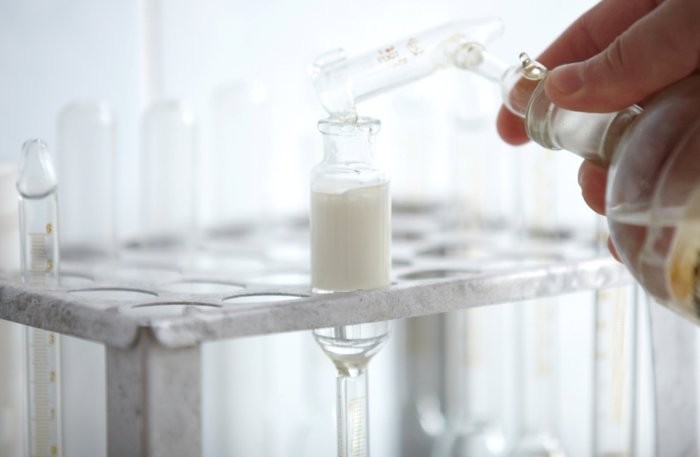
Milk analysis
Blood plasma, milk (with signs of mastitis), and nasal discharge are taken as material for testing for mycoplasmosis in living individuals. Using various methods in the samples taken for analysis, the presence of the causative agent of the disease is detected. The diagnosis is considered confirmed if the titers of antibodies to mycoplasma in the blood serum increase by more than 4 times.
Treatment
There is no specific treatment regimen for mycoplasmosis. Therapy is carried out in a complex and includes the use of:
- antibiotics.
- Expectorants.
- Vitamins.
- Immunostimulants.
Attention! Diet is a must in treatment.
Antibiotics for cattle against mycoplasmosis are administered intramuscularly or orally. In the case of the spread of respiratory mycoplasmosis in the herd, it is advisable to use them in the form of aerosols for a whole group of sick animals. List of drugs used to combat mycoplasma:
- Chloramphenicol;
- Энрофлон;
- Tetracycline;
- Tetravet;
- Biomutin;
- Thiamulin;
- Dibiomycin;
- Terravitin.
Reference. The course of antibiotic treatment is continued up to 7 days. The dosage is prescribed by the veterinarian.
An approximate treatment regimen for a group of calves infected with mycoplasmosis looks like this. Inside give Terravitin 500 at a dosage of 20-40 mg / kg in the morning and evening. In parallel, Trimerazine is given orally twice a day (dosage – 1 mg for every 15 kg of weight). The drug Biovit of prolonged action is given with food once a day, 3-5 g for each calf. Together with these drugs, it is necessary to introduce ascorbic acid 1 g per day into the treatment regimen.
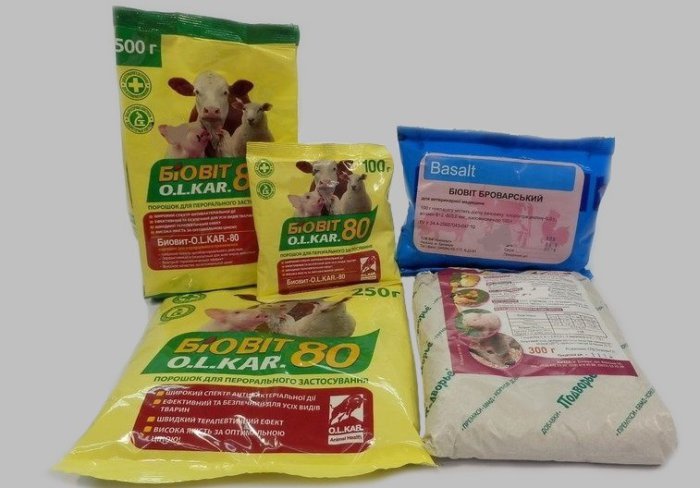
Preparation Biovit
Norsulfazole solution is administered intravenously. It is prepared like this:
- 600 ml of distilled water.
- Glucose solution at a concentration of 40% – 300 ml.
- Rectified alcohol 96% – 300 ml.
- Norsulfazol in powder form – 40 g.
The prepared solution is administered once a day to each sick individual in a vein, 50 or 60 ml for 3 days. The next 4 days use a different solution for intravenous injection. It is administered to sick calves once a day, and is prepared from the following components:
- Calcium chloride in the form of a solution at a concentration of 10% – 15 ml.
- Glucose solution 40% – 25 ml.
- Hexamethylenetetraamine solution 40% – 10 ml.
- The fourth component is a solution of caffeine sodium benzoate (20%) – up to 3 ml.
To stimulate the discharge of sputum from the upper respiratory tract, animals are given mucolytics and expectorants to drink. To enhance the body’s resistance, the treatment regimen for mycoplasmosis includes B vitamins (mainly B12), as well as globulins or plant immunostimulants, such as eleutherococcus.
Important! To improve bowel function and restore microflora, it is desirable to give cows probiotics.
Prevention
To protect your livestock from mycoplasmosis, you must strictly adhere to the rules:
- Never import animals to form a herd from farms that are considered unfavorable for mycoplasmosis. Do not accept inventory items from them.
- When taking cows to the farm, keep them in quarantine for one month, carefully examine newly arrived individuals for signs of the development of the disease, paying special attention to the respiratory organs.
- It is important to treat cowsheds from insects that can carry the pathogen of mycoplasmosis.
- If rodents are found in the premises where livestock is kept, it is necessary to deratize.
If a case of infection with mycoplasmosis is registered on the farm, sick cows are separated into an isolation room and immediately begin treatment. All individuals that have been in contact with infected cows are treated with antibacterial agents. Premises, inventory, bedding, feeders and drinkers are disinfected.
Attention! Milk from animals that have tested positive for mycoplasmosis requires heat treatment.
Mycoplasmosis of cattle is a dangerous infectious disease, but it can be fought. The treatment of this disease is most effective at the initial stage, so it is important to constantly monitor the health of the animals on the farm. If signs of mycoplasmosis are found in a cow, it is necessary to report this fact to the veterinary service. The farm will be quarantined. It will be removed 2 months after the recovery of the last animal and the final disinfection.
